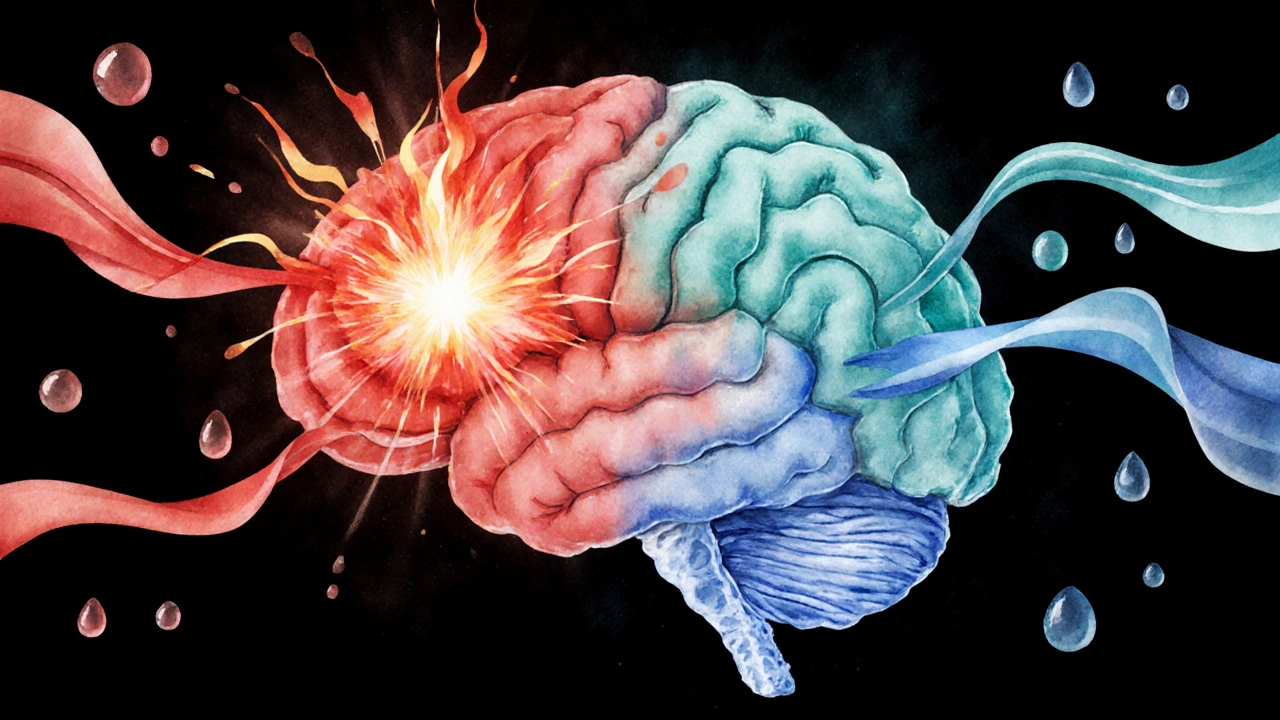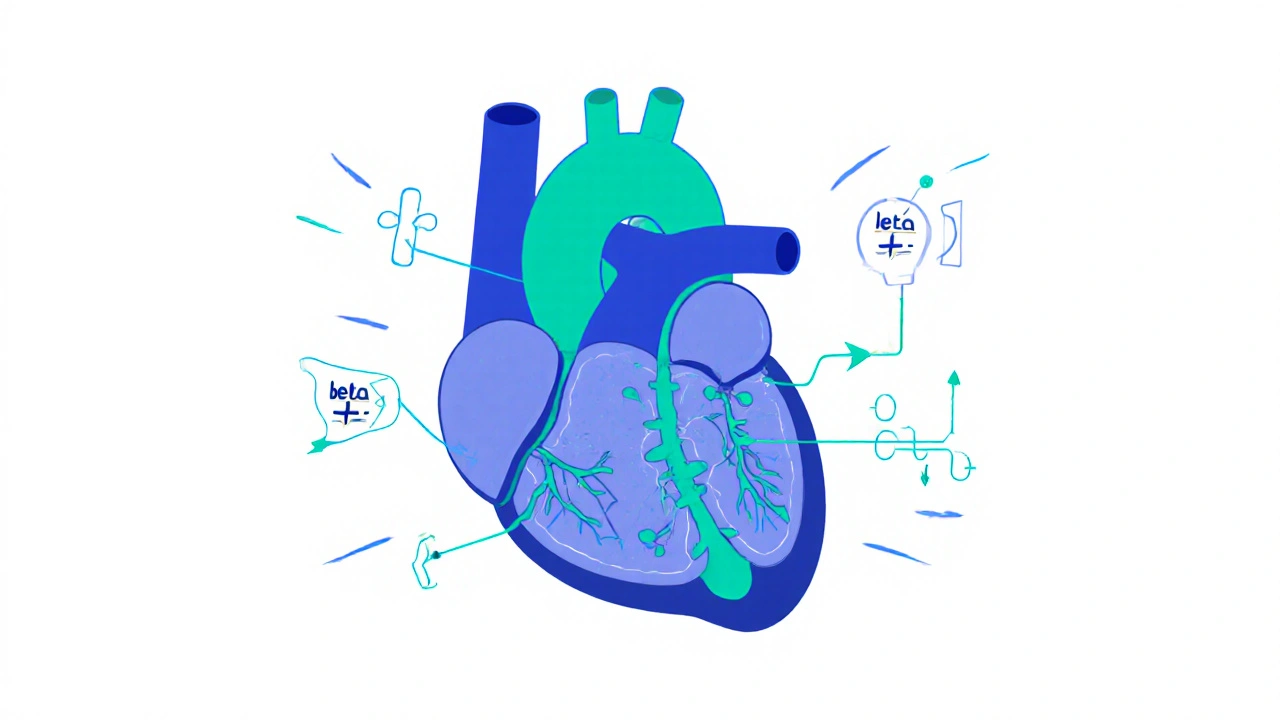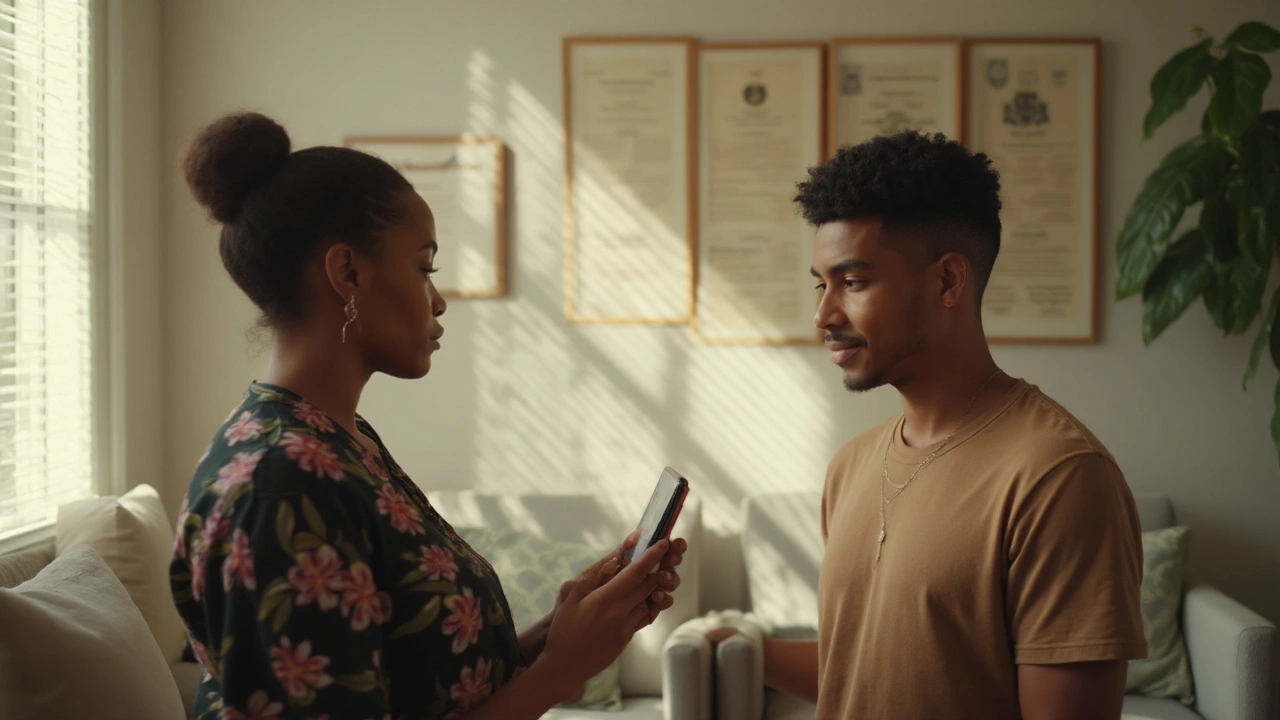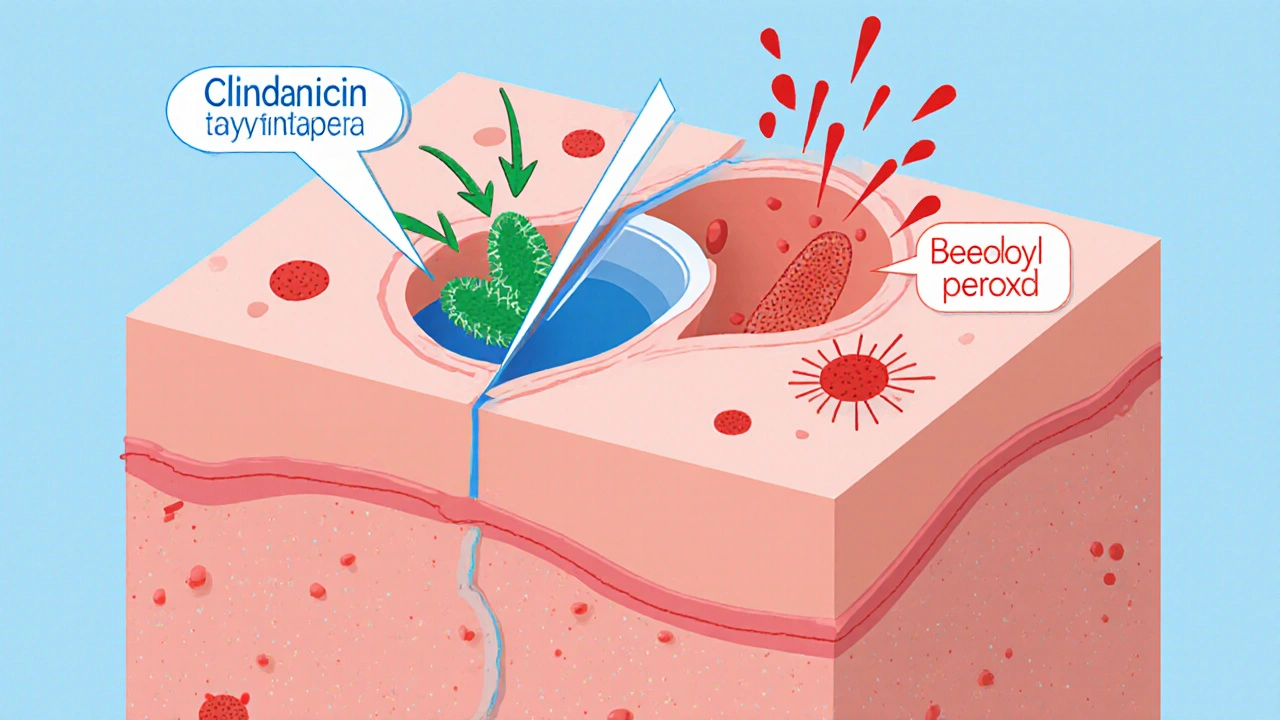Feeling like anxiety is constantly at your doorstep? You’re not alone-millions wrestle with racing thoughts, tight chests, and sleepless nights. What if a few minutes of focused breathing could calm that storm? This article breaks down why mindfulness meditation is a proven ally for anxiety relief and shows you how to weave it into a busy life.
Key Takeaways
- Mindfulness meditation lowers the brain’s threat center (amygdala) and boosts rational thinking (pre‑frontal cortex).
- Regular practice cuts cortisol, the stress hormone, by up to 30% in clinical trials.
- Compared with medication, CBT, and exercise, meditation offers a low‑cost, side‑effect‑free option that works for many.
- Starting is simple: focus on breath, notice sensations, and gradually expand time.
- Avoid common pitfalls like “thinking it’s supposed to be easy” and set realistic expectations.
When you hear the term Mindfulness Meditation is a mental‑training practice that cultivates non‑judgmental awareness of the present moment, you might picture a quiet monk on a mountaintop. In reality, it’s a flexible, everyday skill you can use while sitting at a desk, walking the dog, or waiting for a coffee. Let’s unpack why the science backs it up.
How Mindfulness Meditation Works in the Brain
Two brain structures dominate the anxiety response:
- Amygdala the brain’s alarm system that fires during perceived threats
- Pre‑frontal Cortex the rational hub that evaluates and dampens emotional reactions
Research shows that after an eight‑week mindfulness program, the amygdala’s activation drops by roughly 15% while the pre‑frontal cortex shows stronger connectivity-meaning you’re better at “not over‑reacting.”
Another key player is Cortisol the primary stress hormone released by the adrenal glands. Elevated cortisol keeps the body in a constant fight‑or‑flight mode, fueling anxiety. Consistent mindfulness practice can reduce baseline cortisol levels by up to 30%, according to a 2023 meta‑analysis of 18 randomized controlled trials.
Evidence‑Based Benefits for Anxiety
Below are the top outcomes consistently reported in peer‑reviewed studies:
- Reduced scores on the Generalized Anxiety Disorder‑7 (GAD‑7) scale by an average of 3.2 points after 6 weeks.
- Lowered physiological markers such as heart‑rate variability (HRV) and blood pressure.
- Improved sleep quality, which in turn dampens daytime worry.
- Enhanced emotional regulation, making panic attacks less frequent.
- Greater resilience to future stressors, as measured by the Perceived Stress Scale.
These benefits aren’t limited to clinical populations. A 2022 university‑student study found that a 10‑minute daily mindfulness routine cut test‑related anxiety by 27%.

Getting Started: Simple Steps to Reduce Anxiety
Even a lazy afternoon can become a mindfulness session with these three starter exercises:
- Breath Awareness (2‑5min): Sit upright, close eyes, and notice the inhale and exhale. When your mind wanders, gently label the distraction (“thinking”) and return to the breath.
- Body Scan (5‑10min): Starting at the toes, mentally “check‑in” with each body part, observing tension without trying to change it. This anchors attention in the present.
- Guided Session (10‑15min): Use a reputable guided meditation app such as Insight Timer, Calm, or Headspace. Choose an “Anxiety Relief” track and follow the voice‑prompted instructions.
Consistency beats intensity. Aim for 10minutes a day, five days a week, and gradually increase duration as the habit feels natural.
Mindfulness vs. Other Anxiety‑Relief Options
Below is a quick comparison of the most common approaches. All figures reflect average outcomes from studies published between 2018‑2024.
| Method | Typical Effect Size (Cohen’s d) | Cost per Month (USD) | Side‑Effect Profile | Time Required for Noticeable Change |
|---|---|---|---|---|
| Mindfulness Meditation | 0.45 | $0‑$15 (app subscription) | None reported | 4‑6 weeks |
| Cognitive‑Behavioral Therapy (CBT) | 0.70 | $100‑$200 (per session) | Temporary emotional discomfort | 6‑12 weeks |
| Selective Serotonin Reuptake Inhibitors (SSRIs) | 0.55 | $10‑$30 (generic) | Nausea, weight change, sexual dysfunction | 4‑8 weeks |
| Regular Aerobic Exercise | 0.36 | $0‑$50 (gym/gear) | Minor soreness | 8‑12 weeks |
Mindfulness stacks well with the others. Many clinicians recommend a hybrid plan: medication or CBT for acute spikes, plus daily meditation for long‑term stability.
Common Pitfalls & How to Overcome Them
Even seasoned practitioners hit snags. Here’s what to watch for:
- Expecting instant calm: The brain needs time to rewire. Treat each session as a workout for attention.
- Judging “wrong” thoughts: Labeling thoughts as “good” or “bad” fuels anxiety. Simply note them and let them drift.
- Skipping consistency: Skipping days erodes neuroplastic gains. Set a reminder or pair meditation with an existing habit (e.g., brushing teeth).
- Choosing the wrong environment: Noisy, uncomfortable spaces make focus harder. Find a quiet corner, use headphones if needed.
- Over‑reliance on apps: Apps are great guides, but they can become a crutch. Gradually practice without voice prompts.
Next Steps & Troubleshooting
If you’ve tried the basics and still feel stuck, consider these adjustments:
- Lengthen the session: Add 5 minutes after two weeks of consistency.
- Switch focus: Move from breath to “open monitoring” - notice sounds, smells, and sensations without attaching labels.
- Pair with journaling: Write down any patterns that emerge; this reinforces insight.
- Seek professional guidance: A certified mindfulness teacher can tailor practices to your specific triggers.
Remember, anxiety is a signal, not a sentence. Mindfulness gives you the tools to read that signal, respond wisely, and eventually lower its volume.
Frequently Asked Questions
How long does it take to feel anxiety relief from mindfulness?
Most people notice a calmer baseline after 4‑6 weeks of daily 10‑minute sessions. Benefits continue to deepen with regular practice.
Can I combine mindfulness with medication?
Absolutely. Mindfulness has no known drug interactions and can even boost medication efficacy by reducing stress‑related cravings.
Is there a best time of day to meditate for anxiety?
Morning sessions set a calm tone for the day, while evening practice helps unwind. Experiment and pick the slot you can keep consistently.
Do I need a quiet room or can I meditate at work?
Quiet is helpful but not required. Use a headset for guided audio or try a “micro‑pause” - 30 seconds of focused breathing at your desk.
What if I can’t stop my thoughts?
That’s normal. The goal isn’t to empty the mind but to notice thoughts without attaching to them. Over time, the wandering reduces.








19 Comments